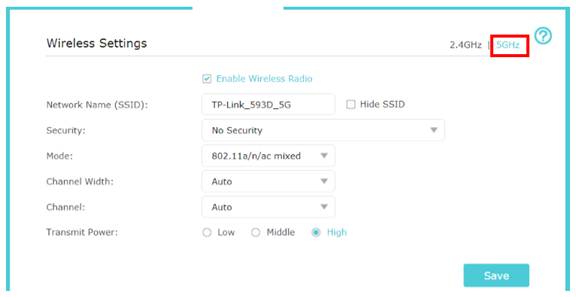
- HOW TO CHECK WIFI CHANNEL WIDTH HOW TO
- HOW TO CHECK WIFI CHANNEL WIDTH INSTALL
- HOW TO CHECK WIFI CHANNEL WIDTH BLUETOOTH
HOW TO CHECK WIFI CHANNEL WIDTH INSTALL
Just install the free app from Google Play and launch it. If you want to search for Wi-Fi channels on your phone instead of your PC, the easiest-to-use application we’ve found is Wifi Analyzer on Android.
HOW TO CHECK WIFI CHANNEL WIDTH HOW TO
RELATED: How To Get a Better Wireless Signal and Reduce Wireless Network Interference In the screenshot below, channel 1 looks the least congested. Read the output of the command to see which channels are the most congested and make your decision. Open a Terminal and run the following command: The command here is installed by default on Ubuntu and other popular Linux distributions, so it’s the fastest method. Instead, you might as well just use the terminal. You could use a graphical app like Wifi Radar for this on Linux, but you’d have to install it first. The “Best 2.4 GHz Channels” and “Best 5 GHz” Channels” fields will recommend the ideal Wi-Fi channels you should be using on your router. Select the Wi-Fi Scan tab and click Scan Now. Instead, click the Window menu and select Utilities. To access it, hold the Option key and click the Wi-Fi icon on the menu bar at the top of your screen. Here, we can see that channel 6 looks a bit cluttered - we might want to switch to channel 1 instead.īelieve it or not, macOS actually has this feature integrated. Launch the tool, locate the Channel header, and click it to sort by Wi-Fi channel. We liked NIrSoft’s WifiInfoView instead - its simple interface does the job and it doesn’t need any installation. If you want to learn more, check out this article on how to understand signal strength.Xirrus Wi-Fi Inspector is very powerful, but it’s a bit overkill for this. When there is overlap or interference between channels, as long as our network has about 20dbm more than the next one, it should not affect us (at least not too much). Signal strength is most commonly measured by dbm, a measure expressed in negative numbers ranging from -100dbm (weakest signal) to 0 (strongest signal). To detect these interferences it is necessary to have a spectrum analyzer, specific hardware to capture this type of signal. If you want to know more about the 2.4GHz radio spectrum, take a look at the RF Spectrum article visualizing the interference caused by baby monitor cameras, or this other article using microwave ovens as a case study. The most common sources of interference are: As a result, more and more devices and technologies are using this band for wireless data transmission. It is not necessary to obtain permits or go through rigorous controls by bodies such as the Communications Authority to be able to broadcast and receive in this band. Representation of noise within the 2.4GHz RF spectrum superimposed on WiFi channelsĪs discussed above, the 2.4GHz range (2400-2500 MHz) is an unlicensed frequency band. Each channel starts 5MHz after the beginning of the previous one, as shown in the following image. We will place eleven of these, one after the other, based on the idea that the base of the cone has a width of 20MHz, while the width of the upper part is 5MHz. In the idealized case, we will represent a channel as a cone.

To go deeper, let’s take a look at how 2.4GHz WiFi networks work.
HOW TO CHECK WIFI CHANNEL WIDTH BLUETOOTH


 0 kommentar(er)
0 kommentar(er)
